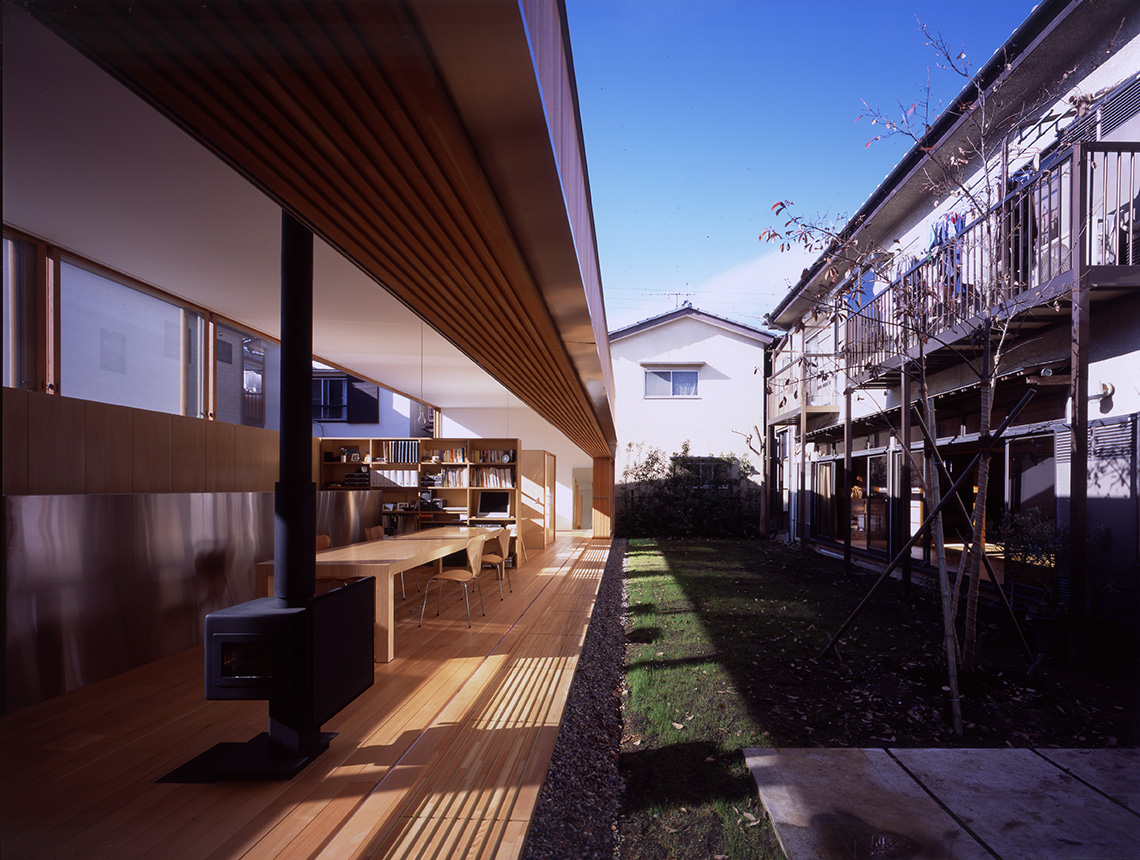Hey there! Ready to discover the magic of engawa? It’s a centuries-old Japanese design element that seamlessly blends indoor and outdoor living. Think of it as a porch, veranda, or deck, but with a distinctly Japanese twist. We’ll explore its history, cultural significance, and how it’s inspiring modern architecture worldwide. Plus, we’ll unravel the mystery of “engawa” on a sushi menu!
Unveiling the Essence of Engawa
Imagine stepping out of your living room onto a tranquil, semi-outdoor haven. You feel a gentle breeze, hear rustling leaves, and smell fragrant blossoms—all while sheltered from the elements. This is the allure of the engawa (en-gah-wa), a traditional Japanese architectural feature that blurs the lines between inside and outside.
The engawa, meaning “edge” or “border side,” is a non-tatami-matted flooring strip, typically made of wood or bamboo. It’s a liminal space, a threshold where your home meets nature. This “in-between-ness” is key to its charm. Supported by posts anchored on stone or concrete footings, the engawa runs along the outside of the house, often encircling it entirely. Sliding shōji screens separate the engawa from the main living area, allowing you to seamlessly connect with the natural world.
A Journey Through Architectural Styles
The engawa’s placement and purpose have evolved alongside Japanese architecture.
Shinden Style
In the grand Shinden style, favored by the aristocracy, the engawa often wrapped around the central core of the house (moya). It served as a shaded walkway and a vantage point for appreciating the surrounding gardens. The hisashi—a covered area including the engawa—created an elegant transition between interior and exterior.
Shoin Style
The more intimate Shoin style offered greater flexibility in engawa placement. It was often integrated with study areas or spaces for quiet reflection. Sliding storm shutters, rather than hinged ones, added to its adaptability.
Sukiya Style
The Sukiya style, emphasizing rustic simplicity, sometimes incorporated sliding amado storm shutters into the engawa design. These shutters could be neatly tucked away when not in use, enhancing the engawa’s versatility.
Cultural Significance: More Than Just a Porch
The engawa is deeply embedded in Japanese culture. It’s a place for quiet contemplation, sipping tea, watching the changing seasons, or gathering with loved ones. It fosters a sense of tranquility and well-being through its intimate connection with nature. Imagine enjoying a cool summer evening, listening to crickets, or watching snowfall from the comfort of your engawa—it’s a truly unique experience.
Modern Adaptations: Embracing the Engawa Spirit
The engawa’s appeal extends beyond Japan. Architects worldwide are incorporating its principles into contemporary designs. This reflects a growing desire to create spaces that seamlessly blend indoor and outdoor living, fostering a sense of peace and connection with nature. Think open-plan designs with expansive windows and doors, balconies, and terraces that function as extensions of the living space—all modern interpretations of the engawa’s core principle: harmony between humans and nature. If you’re looking to create a similar flow in your home, consider an entryway rack to seamlessly transition from outdoors to in, or decorative cement blocks to create a unique and stylish boundary for your garden.
Engawa on the Sushi Menu: A Culinary Delight
Now, about that “engawa” you might see on a sushi menu. It’s not a type of fish, but a specific cut from flatfish like flounder (hirame) and halibut (karei). Specifically, it’s the fin muscle, primarily from the tail fin. This muscle is constantly working as the fish swims, resulting in a unique crunchy and chewy texture.
Engawa boasts a rich, oily flavor, often compared to the prized fatty belly of tuna (otoro). This combination of texture and flavor makes it a sought-after delicacy. It’s often served as nigiri (on top of rice) or sashimi (thinly sliced). Some chefs lightly torch the engawa to enhance its richness and add a smoky note.
While flounder and halibut are the most common sources, ongoing research suggests that similar cuts might be obtained from other flatfish species. This area of culinary exploration may lead to a wider variety of engawa on menus in the future.
It’s important to note that the perception of engawa can be subjective. Some may find the texture slightly tough, and the richness of the flavor might be too intense for some palates. However, for those who appreciate its unique qualities, engawa offers a memorable culinary experience.
Is Engawa a Flounder? Clearing Up the Confusion
Let’s be clear: engawa isn’t a type of fish, but a specific part of certain flatfish, primarily flounder and halibut. It’s the muscle along the fins, particularly the tail fin, that gives engawa its distinct crunchy yet chewy texture and rich, oily flavor. This prized cut is considered a delicacy in Japanese cuisine, often served as sushi or sashimi.
Engawa: A Deeper Dive
While we know a lot about engawa, there’s still much we are learning. Ongoing research explores how factors like diet and water temperature might influence its flavor and texture, and whether “engawa” from different species should be considered equally desirable.
Whether you’re captivated by its architectural elegance or its culinary appeal, engawa offers a fascinating glimpse into Japanese culture and its appreciation for the natural world. It’s a concept that continues to inspire and evolve, bridging the gap between tradition and modernity.
- Black Backsplash Tile: Find The Perfect Style For Your Kitchen - November 6, 2025
- Black Backsplash With White Cabinets: A Bold Kitchen Design - November 5, 2025
- Black and White Kitchen Backsplash: Ideas for Timeless Style - November 4, 2025










